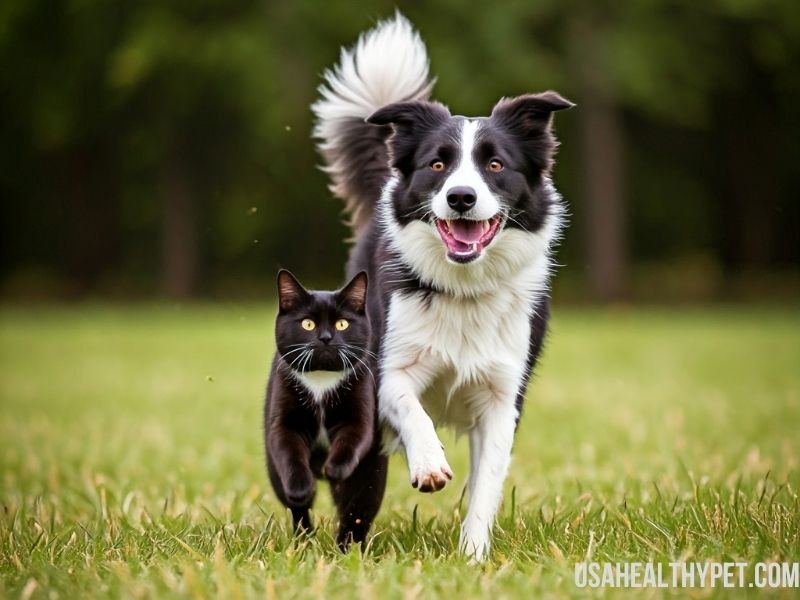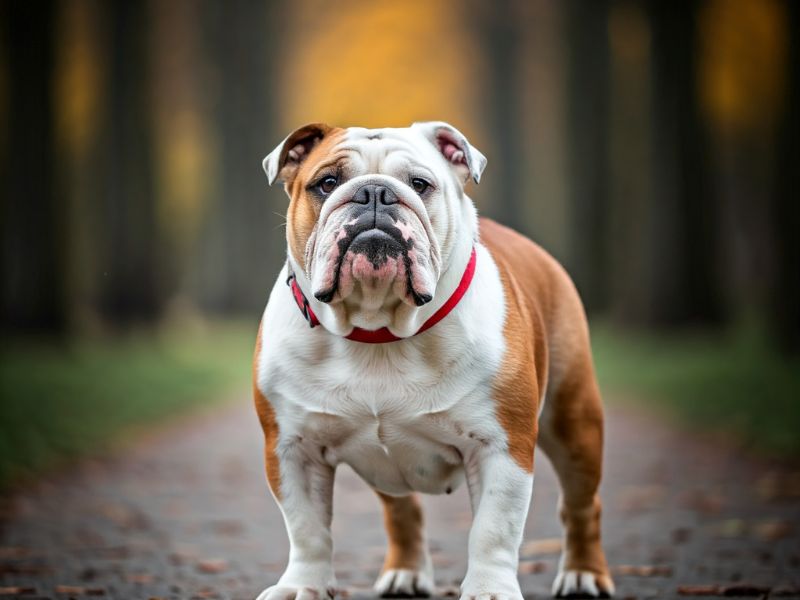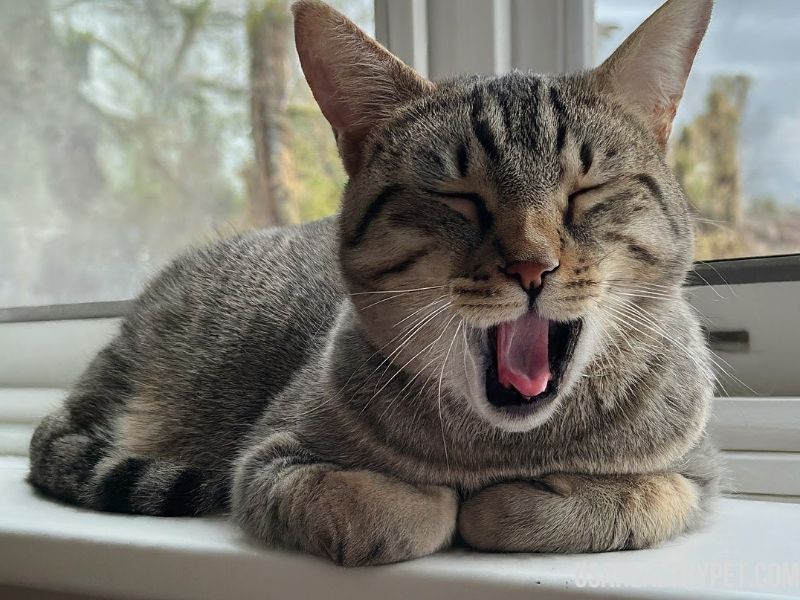Brachycephalic pets are those adorable flat-faced breeds, like Bulldogs, Pugs, Persians, and Shih Tzus, that we can’t help but love. Their squished noses give them their signature look, but they also come with some unique health needs.
This unique facial structure, known as brachycephaly, can lead to breathing issues and other health challenges, making it essential to understand their needs from day one.
Let’s dive into why pet insurance is so crucial for these snuggly but sometimes delicate pets.
Why Pet Insurance is Essential for Brachycephalic Breeds
Brachycephalic pets are naturally prone to more health issues than your average dog or cat. Why? Their adorable smooshed faces can restrict their airways, making it harder for them to breathe, especially in hot weather or during strenuous activities.
Because of this, they’re more likely to need frequent vet visits, specialized care, or even surgeries.
Pet insurance becomes a great safety net here. Instead of paying out-of-pocket every time your French Bulldog has a breathing episode or your Persian cat struggles with eye issues, insurance can cover a significant portion of the costs.
Think of it as a financial buffer that makes those unexpected vet bills a bit more manageable.
Pros and Cons of Pet Insurance for Brachycephalic Pets
Like anything else, pet insurance has its pros and cons, especially for brachycephalic breeds. Here’s a quick rundown to help you decide if it’s right for you:
Pros
- Peace of mind knowing unexpected bills are covered.
- Helps cover costly procedures and treatments.
- Provides access to better care options.
Cons
- Monthly premiums add up over time.
- Not all conditions are covered, especially pre-existing ones.
- Policies can be complex and hard to understand.
Ultimately, pet insurance can give you peace of mind and financial relief, but it’s important to weigh these factors based on your pet’s specific health needs and your budget.
What to Look for in Pet Insurance for Brachycephalic Breeds
Not all pet insurance plans are created equal, and for brachycephalic pets, there are specific features to look for that can make a big difference:
- Comprehensive Coverage: Look for policies that cover hereditary and congenital conditions since many brachycephalic health issues are genetic.
- Short Waiting Periods: Some companies have long waiting periods for specific conditions. Choose one with shorter waiting times to ensure your pet is covered as soon as possible.
- High Reimbursement Rates: Vet bills can skyrocket quickly, so a higher reimbursement rate—say, 80% or even 90%—will be beneficial in the long run.
- Annual or Lifetime Limits: Pick a policy with a high annual or lifetime limit to ensure you’re not maxing out the coverage after just a few incidents.

Top Pet Insurance Providers for Brachycephalic Dogs and Cats
When it comes to the best pet insurance providers for brachycephalic breeds, certain companies stand out because they cater to the specific needs of these breeds. Here’s a look at a few top options:
1. Trupanion
- Known for customizable plans and covering hereditary conditions from day one, Trupanion is an excellent choice for brachycephalic pets.
- Pros: No payout limits, direct payments to vets, and coverage for congenital issues.
- Cons: Higher premiums and no wellness plan options.
2. Healthy Paws
- This insurer is popular for its straightforward policies and excellent customer service.
- Pros: No annual or lifetime caps, covers hereditary and congenital conditions.
- Cons: Limited to accident and illness (no wellness add-ons).
3. Embrace Pet Insurance
- Embrace offers a wellness plan in addition to accident and illness coverage, making it a flexible choice.
- Pros: Wellness plan add-on, coverage for breed-specific conditions.
- Cons: Annual caps on wellness benefits.
4. ASPCA Pet Insurance
- ASPCA has flexible plans and covers hereditary conditions, making it a strong choice for brachycephalic pets.
- Pros: Covers exam fees, dental illnesses, and hereditary conditions.
- Cons: Slightly longer waiting periods for certain conditions.
Each of these providers offers unique benefits for brachycephalic pets, so choosing the best one depends on your pet’s needs and your budget.
Common Health Issues in Brachycephalic Pets
If you’ve had a brachycephalic pet for a while, you may already know some of the health issues they can face. But for new pet parents, here’s a quick rundown of what to watch for:
- Breathing Problems: Brachycephalic breeds often have what’s known as brachycephalic airway syndrome, which can make breathing difficult, especially in hot weather.
- Eye Issues: Those big, expressive eyes are charming but more exposed, making them prone to injuries, infections, and dry eye.
- Skin Folds and Infections: All those cute wrinkles can trap moisture and dirt, leading to infections if not cleaned regularly.
- Heat Intolerance: These breeds are very susceptible to overheating since they can’t cool themselves as effectively, often leading to heatstroke.
These health problems mean higher potential vet costs, and insurance can help cover these expenses so you can focus on your pet’s comfort and health.
According to the American Veterinary Medical Association (AVMA), brachycephalic dogs like Bulldogs and Pugs are up to 2.5 times more likely to need surgery for breathing issues compared to other breeds. These surgeries can cost anywhere from $500 to $3,000 or more, depending on the severity. With costs that can reach up to $3,000, pet insurance can be a financial lifesaver!”

How Much Does Pet Insurance for Brachycephalic Pets Cost?
Pet insurance costs can vary based on factors like your pet’s breed, age, and even where you live. Brachycephalic breeds are generally more expensive to insure because they’re more prone to health issues.
On average, you might pay anywhere from $40 to $80 per month for a brachycephalic dog and around $20 to $50 per month for a brachycephalic cat.
The price tag might seem hefty, but when you compare it to the cost of emergency care or surgery, pet insurance can end up saving you a lot of money in the long run.
Key Terms to Know When Choosing Pet Insurance
Navigating pet insurance can feel a bit like learning a new language, so let’s break down a few key terms:
- Premium: The amount you pay each month or year for your insurance policy.
- Deductible: The amount you need to pay before your insurance starts covering costs.
- Reimbursement Rate: The percentage of your vet bill that insurance will cover after you’ve met your deductible.
- Pre-existing Conditions: Health issues your pet had before your insurance coverage began. Most plans don’t cover these, so it’s crucial to get insurance early.
Understanding these terms can help you pick a plan that aligns with your budget and coverage needs.
Claim Processes and Waiting Periods
When it comes to pet insurance, knowing how and when you can file a claim is crucial. Each company has its own process and waiting periods, which can impact when your coverage kicks in.
Some insurers allow you to file a claim online with just a photo of the vet bill, while others require more documentation.
Most companies also have a waiting period, usually between 14-30 days for illness coverage and around 2-3 days for accident coverage.
Knowing these timelines can be helpful if you’re considering switching providers or starting a new policy for a puppy or kitten.

Is Pet Insurance Worth It for Your Brachycephalic Pet?
For many pet owners, insurance brings peace of mind and financial flexibility. If you have a brachycephalic pet, the likelihood of needing frequent vet care is higher, which can make insurance more than worth it.
Think of it as a way to be prepared for the unexpected—because when it comes to our pets, unexpected things happen all the time!
How to Choose the Right Policy for Your Pet
When selecting a pet insurance plan, consider the following steps:
- Identify Your Pet’s Specific Needs: Look at breed-specific health risks.
- Compare Providers: Evaluate costs, coverage limits, and reimbursement rates.
- Check Customer Reviews: Reviews can give insight into real-life experiences with claims and customer service.
- Consider Your Budget: Ensure the policy is affordable without skimping on essential coverage.
Tips for Keeping Brachycephalic Pets Healthy and Reducing Insurance Costs
Keeping your pet healthy is the best way to avoid hefty vet bills, even with insurance. Regular check-ups, proper grooming, a balanced diet, and safe exercise are all essential.
Additionally, regular cleaning of skin folds and eye care can prevent infections, saving you both money and stress in the long run.
Conclusion
Choosing the best pet insurance for your brachycephalic pet can feel overwhelming, but the right policy can bring invaluable peace of mind and financial security.
By considering your pet’s unique needs, understanding what coverage is essential, and comparing providers, you can find a plan that ensures your beloved pet gets the care they need.
FAQs
- Do all pet insurance plans cover brachycephalic health issues?
Not all plans cover hereditary conditions, so it’s important to check if the policy specifically covers congenital issues for brachycephalic breeds. - Can I get pet insurance if my brachycephalic pet has a pre-existing condition?
Most pet insurance providers won’t cover pre-existing conditions, but some may cover unrelated future health issues. - Is wellness coverage necessary for brachycephalic pets?
While not necessary, wellness plans can cover preventive care, which is helpful for brachycephalic pets prone to health issues. - What’s the best age to get pet insurance for my brachycephalic dog or cat?
The younger, the better! Getting insurance while your pet is young can help avoid pre-existing condition exclusions. - How do I know if my pet’s condition is considered hereditary?
Your vet can provide information about whether your pet’s condition is hereditary, which can help you understand what might be covered by insurance.

Pingback: Does Pet Insurance Cover X-Rays? Complete Guide
Pingback: Best Low-Cost Pet Insurance for Multiple Pets in 2024
Pingback: Does Pet Insurance Cover Umbilical Hernia? Complete Guide
Pingback: Best Pet Insurance for French Bulldogs and Frenchies in 2024
Pingback: Best Pet Insurance for FIV Cats: Top Plans for Your Feline